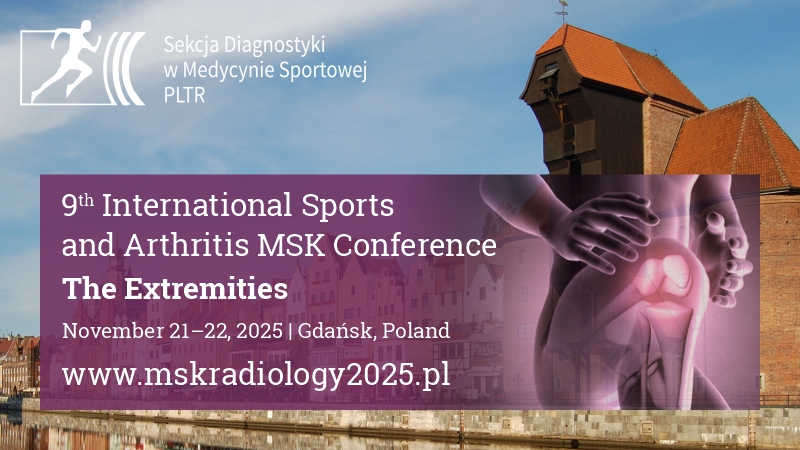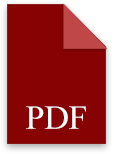Charcot arthropathy in ultrasound examination – a case report
Mateusz Płaza1, Anna Nowakowska-Płaza2, Marta Walentowska-Janowicz1, Marek Chojnowski3, Iwona Sudoł-Szopińska1,4
 Affiliation and address for correspondence
Affiliation and address for correspondenceThis article presents a patient with a long history of type 1 diabetes mellitus complicated with neuropathy and Charcot disease. The most common cause of neuropathic osteoarthropathy, called Charcot osteoarthropathy, is poorly controlled diabetes. The clinical picture is characterized by considerable edema, redness and increased skin temperature with relatively slight pain due to injury to nerve fibers responsible for pain sensation. The differential diagnosis should include bacterial or autoimmune arthritis, arthritis associated with gout as well as venous thrombosis and injury. The contribution of a local inflammatory reaction and abnormal bone turnover with excessive osteoclast activity might play a role in the etiopathogenesis of this disease. As a result, osseous and articular destruction progresses rapidly leading to irreversible deformity of the foot. Avoiding weight-bearing and resting the foot in a specially selected plaster cast is the most important part of treatment. Patients with the aforementioned complaints are referred to radiologists for imaging examinations. An ultrasonographer should pay attention to changes typical of Charcot arthropathy, such as: inflammatory and destructive changes in joints of the foot, uneven contour of bones with thickening and periosteal hyperemia as well as soft tissue swelling.








